This piece may, in some ways, feel a bit antiquated. It’s becoming far more common to type than hand-write. I admit that most of the time that I do choose to type instead. It’s convenient. You can carry multitudes that weigh only as much as the technology on which you wrote them. If you grew up around technology, you can type a lot faster than you can hand-write. Sometimes, my hand hurts from hand-writing notes, and typing can be easier on my hands and wrists. And yet there’s something extraordinary that happens in the act of hand-writing: it’s not just that it offers the studied benefits of helping us remember things more than when we type them, honing fine motor skills, and helping little ones learn the alphabet more readily than they would if they were typing it. It’s that we see pieces of ourselves coming out onto the page in the form of words.
Those who went through the American schooling system started with similar tracing sheets in our early years, but our handwriting becomes our own over time. Handwriting is so unique to each person that it can be used as a piece of forensic evidence in an investigation. It changes throughout our lifetimes, yes, but seemingly not enough to completely conceal us as its origin.
By the time that I was 12, I had gone through about 10 midlife crises in my handwriting. Do I make my a with a line over it or not? How do I want to dot my i (or do I not want to at all, to be a little different? My mom squashed this little phase quickly because it was “improper.” #rude). How bubbly do I want my letters to look? Do I use a mechanical pencil or a wooden pencil, and what brand and thickness? Do I like cursive more than print? If I admired someone and wanted to be more like them, I made concerted efforts to mirror some of the more distinctive elements of their handwriting. And yet, over time, it continued to come to this: as soon as I wrote quickly enough, the exterior shell of copying others’ letters melted away and I was left with my own. My loved ones’ handwriting is theirs, mine is mine, and yours is yours. (That’s part of what makes this kind of inked art special for those who get it.)

In the same way that I’ve come into my own in other parts of my life over the last decade, I’ve come into my own with my handwriting. Yes, I still have the neat version of my current handwriting I do when I have more time and self-restraint, but I love what lies underneath it when time is short and I’m writing with purpose. Its messy loops. Its slight, almost cursive-like closeness. Its variation, yet core pieces, over time. This handwriting of mine has spanned hundreds of journal entries and creative writings. It’s on letters to loved ones (yes – snail mail letters. They’re sort of my thing.). It was furiously scrawled onto pages until proctors have announced that we needed to put down our pencils because time was up. It’s been attempted with various levels of success to mirror letters from Spanish, Hebrew, Greek, and now Portuguese. It’s been used to sign life-changing documents. It’s made points and expressed protests.

It’s art, and so is yours, no matter what it looks like (and even if it’s kind of like the classic illegible doctor handwriting). Where will it go, and what will it say and do?
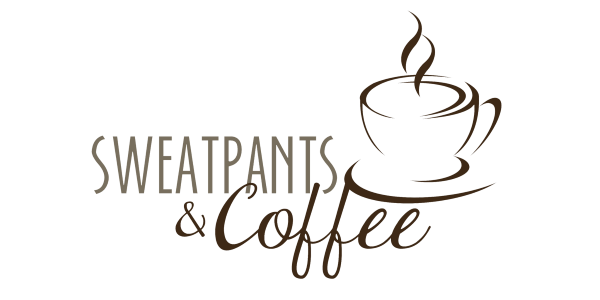

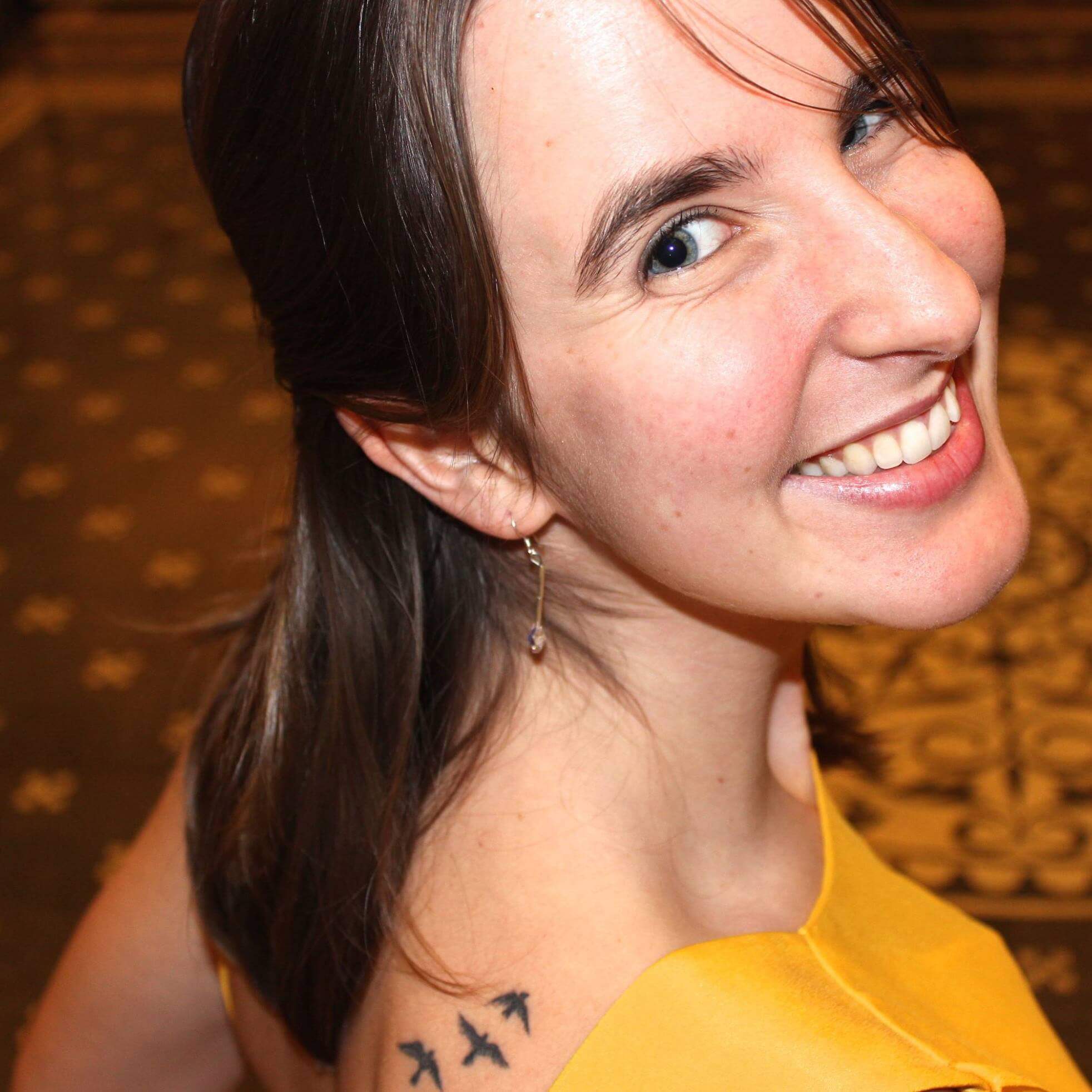

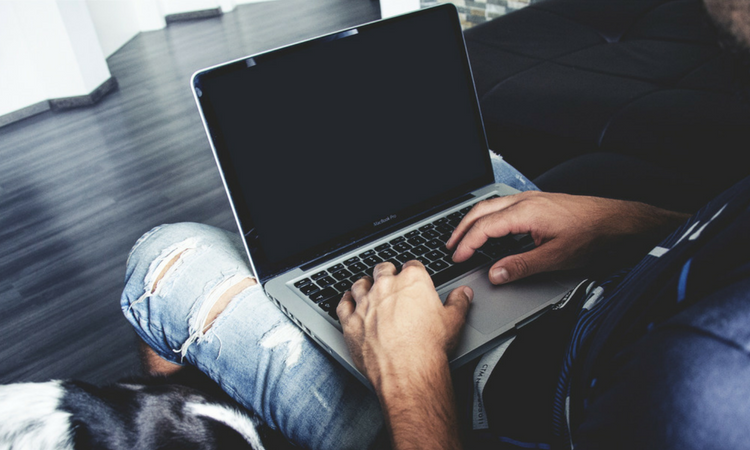
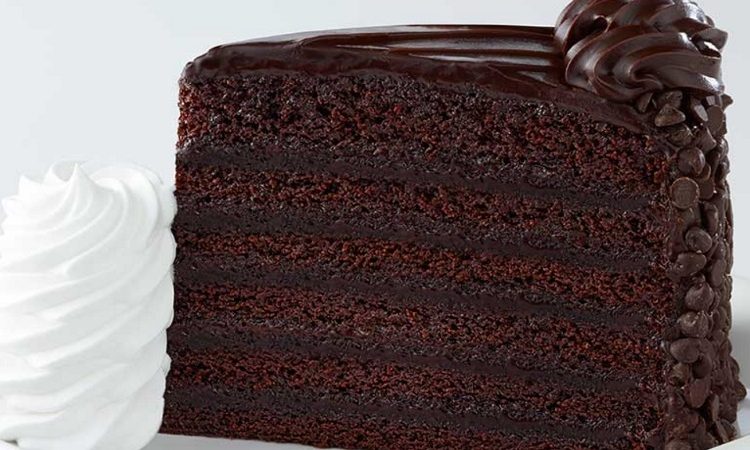
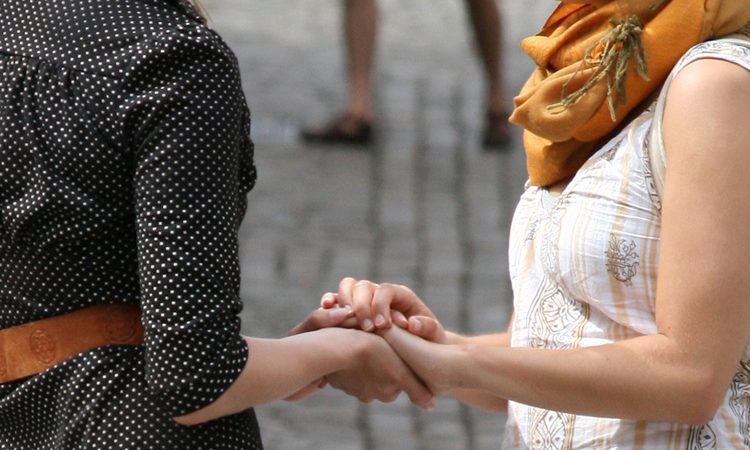
In praise of – and in service to – the USPS
[…] letters. (I love them so much that I’ve actually written about writing letters twice, “A Life in Letters” and “Letter Writing as an Act of Love”). No shame. I have different stamps for […]